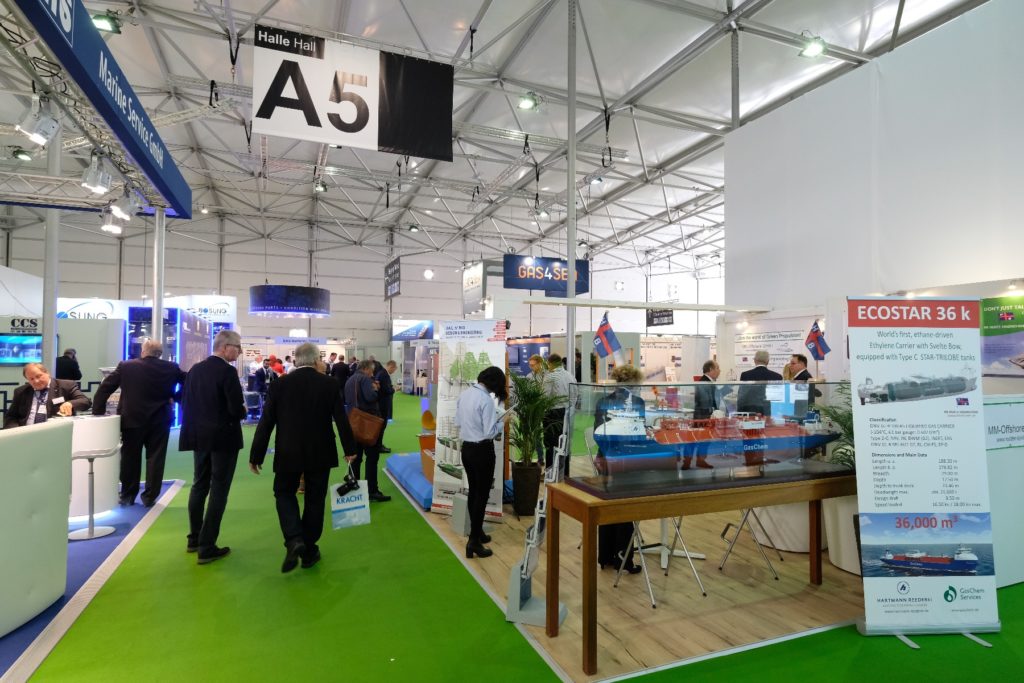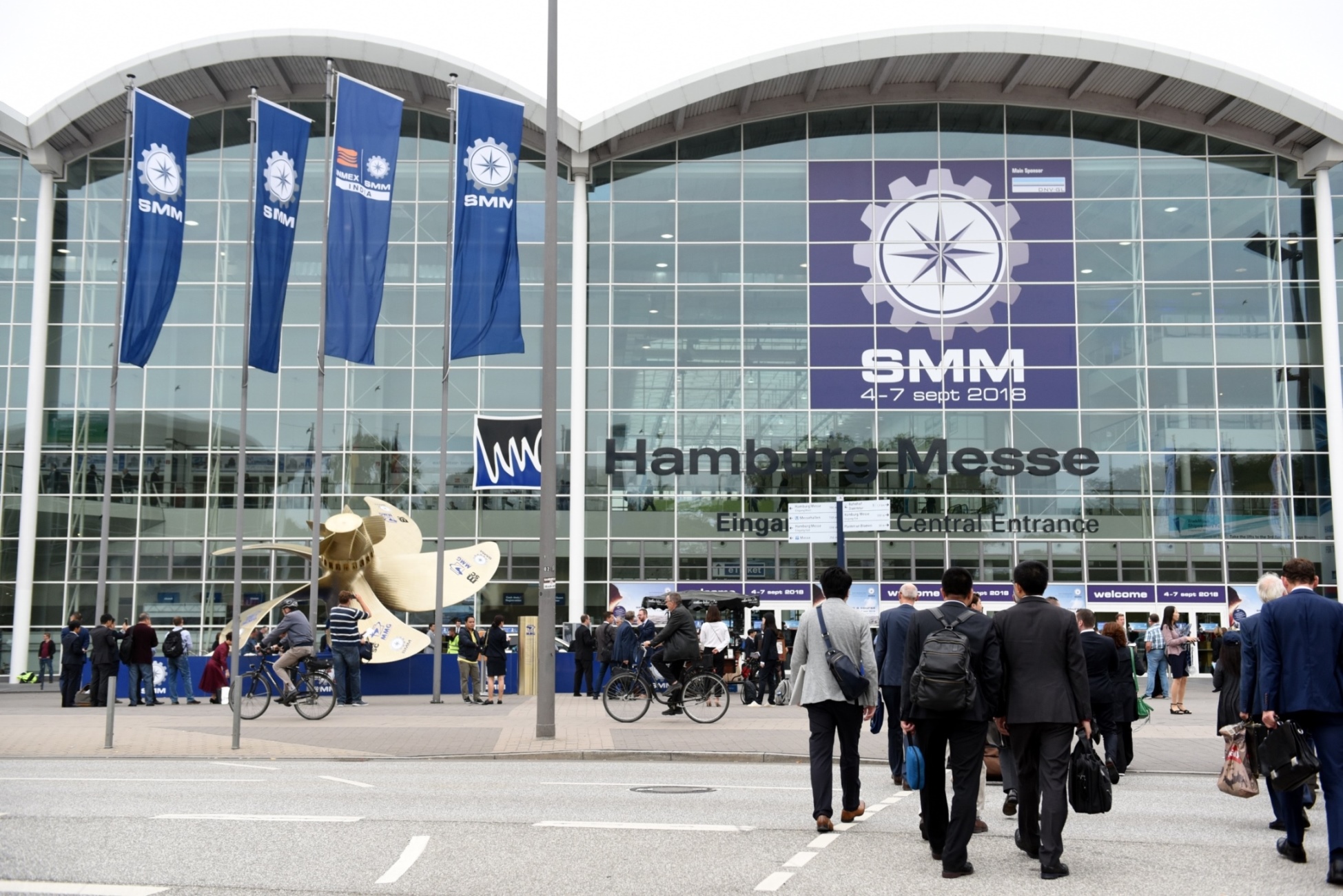Press Release: The call came from the very top: “Without sustainability, we cannot survive in the future, including the shipping community as well. We have to pursue the shipping business in a sustainable way,” said Kitack Lim, Secretary General of the International Maritime Organization (IMO), urging the industry to identify the alternative fuel of the future. The shipping industry is actively pursuing this search. For example, the International Chamber of Shipping (ICS) recently set aside a billion-dollar budget to support research into alternative fuels. “The shipping sector cannot handle the challenge alone; that simply exceeds our capabilities. But we cannot sit back and wait for others to take action,” says Alfred Hartmann, President of VDR, the German Shipowners’ Association.
The manufacturing industry is on track to support the efforts: From innovative engines and propulsion systems to advanced energy sources, companies are pushing the development and optimisation of low-emission technologies. Their innovative products and concepts will be on display at SMM next September, especially in the Green Propulsion segment in Hall A5 and along the Green Route. The leading international maritime trade fair reflects the state of the art in research and technology, providing key input for environment and climate protection measures. “Being at the forefront of the maritime energy transition is part of the DNA of SMM,” stresses Claus Ulrich Selbach, Business Unit Director – Maritime and Technology Fairs & Exhibitions at Hamburg Messe und Congress GmbH (HMC). The new motto, “SMM 2020 – Driving the maritime transition”, attests to this commitment. It covers four focal areas, including “Green Transition”, the promotion of eco-friendly solutions ranging from ballast water management and sophisticated hull coatings to complex hybrid propulsion systems.
The energy source of the future
The goal is ambitious: The shipping industry is determined to cut its CO2 emissions in half by 2050 and to make ship operation entirely emission-free by the year 2100. As it paves the way towards achieving these goals, the use of LNG is considered a viable transitional technology, as the latest SMM Maritime Industry Report (MIR) shows. Nearly half of responding shipowners plan to invest in liquefied natural gas, according to the report. Cruise ships like “AIDAnova” and “Costa Smeralda” have taken the lead. The container operator CMA CGM has set a new benchmark by ordering a series of nine LNG-powered 23,000 TEU mega boxer newbuilds. The propulsion technology will be provided by Winterthur Gas & Diesel Ltd. (WinGD). Competitor Hapag-Lloyd is investigating the potential benefits of retrofitting LNG propulsion on their cargo ship “Sajir”. The combined orderbook of shipyards currently lists nearly 200 newbuilds with clean propulsion systems which can easily comply with the new IMO 2020 Sulphur Cap. But even LNG is a fossil fuel. To achieve the zero-emission goal, a major technology leap will be needed. “Innovation is essential if we are to truly drive the Fourth Propulsion Revolution,” says ICS Chairman Esben Poulsson.
The source of progress
Experts see great promise in battery and fuel cell technology. Relying on electrical propulsion alone is currently only possible for small ships travelling short distances. For example, the operator ForSeas operates two commuting ferries between Helsingborg (Sweden) and Helsingör (Denmark) twice per day. Once in port, their batteries are recharged using a fully automated robotic arm built by the Swiss-based technology company ABB. In another project called ‘Pa-X-ell2’, partners including Meyer Werft and Thyssen Krupp Marine Systems are studying the maritime use of fuel cells. From 2021 their technology will be trialled on board AIDAnova. Furthermore, a true classic in ship propulsion is celebrating a comeback: The shipowning company Scandlines will let its hybrid ferry “Copenhagen” cruise with the help of a 30-metre rotor sail. “Quite a number of companies and consortiums are experimenting with wind-assisted propulsion for commercial vessels. Several technologies have proved their feasibility, and others are moving into that direction,” says Hasso Hoffmeister, Senior Principal Engineer at DNV GL. In response to these developments, the classification society has expanded its rules for wind propulsion.
The search for the game-changing solution
A cooperation partnership between Oldendorff Carriers, the world’s leading bulk shipping company, and the renowned Center for Bits and Atoms at the Massachusetts Institute of Technology (MIT) demonstrates how space and marine research can be combined successfully. The project endeavours to improve the hydrodynamic efficiency of ships by using experience gained in space travel. “The question what technology will be the game changer remains open. SMM provides decision-makers with a unique opportunity to get an overview of the entire breadth of technology solutions,” says Claus Ulrich Selbach. As the world’s largest maritime innovation platform, SMM plays a key role in making emission-free shipping a reality.
The conference programme held in parallel with the exhibition will likewise revolve around the maritime energy transition. At gmec, the global maritime environmental congress, distinguished experts from around the world will explore current challenges and visionary ideas in three separate discussion panels, for example, by evaluating some initial experiences with the IMO 2020 Sulphur Cap and looking into the development of alternative fuels. Further inspiring debates can be expected at the panel discussion on climate protection, where representatives from NGOs, such as Sönke Diesener from the German nature conservation organisation NABU, will be sitting face-to-face with top members of the shipping community.

For further information on the gmec conference programme go here.
































